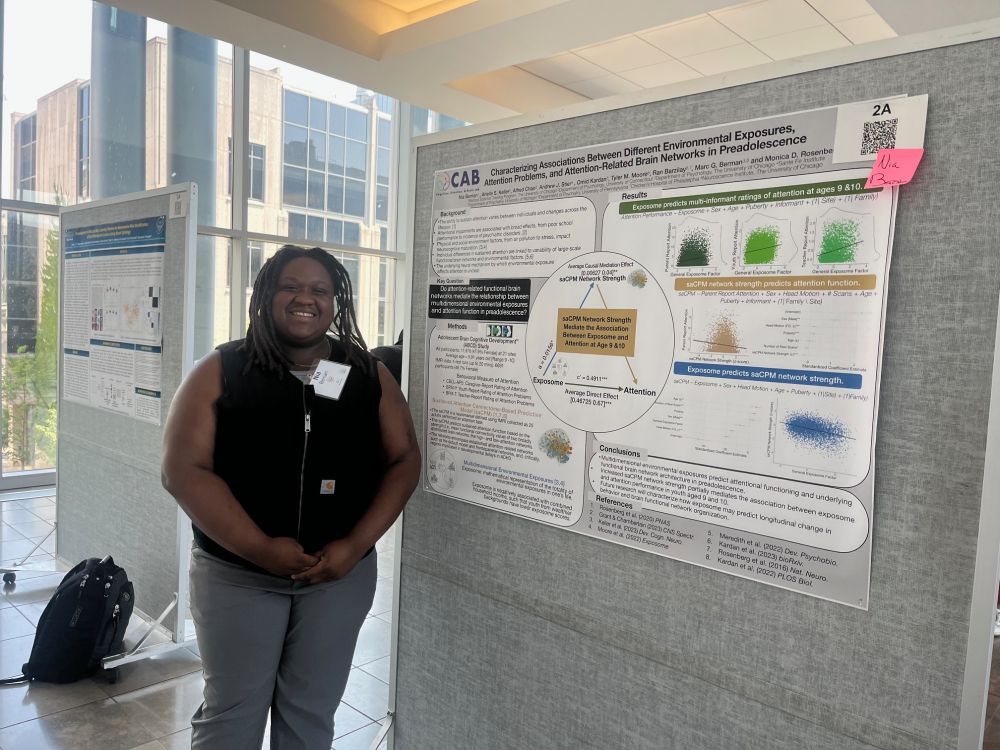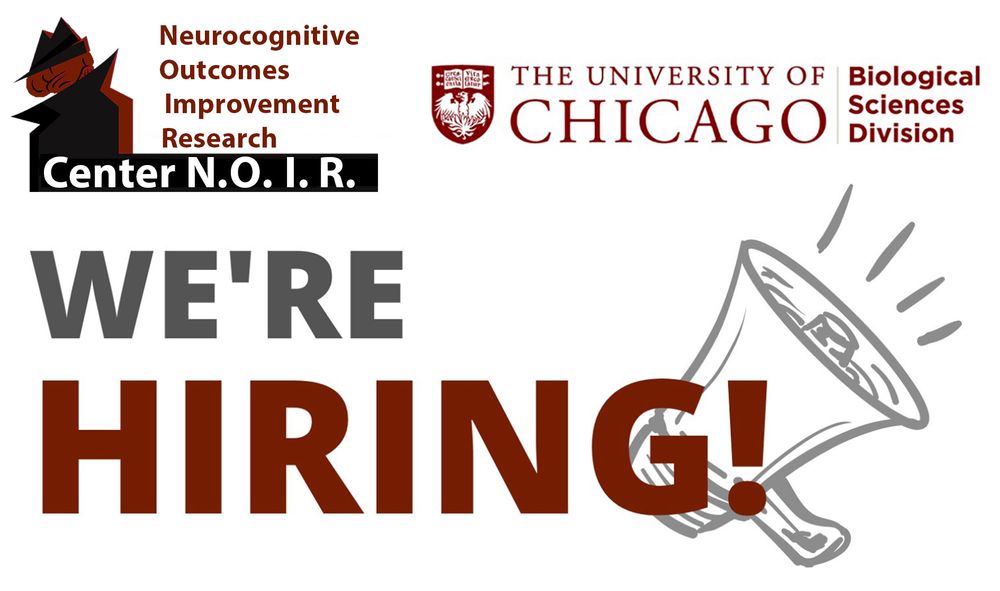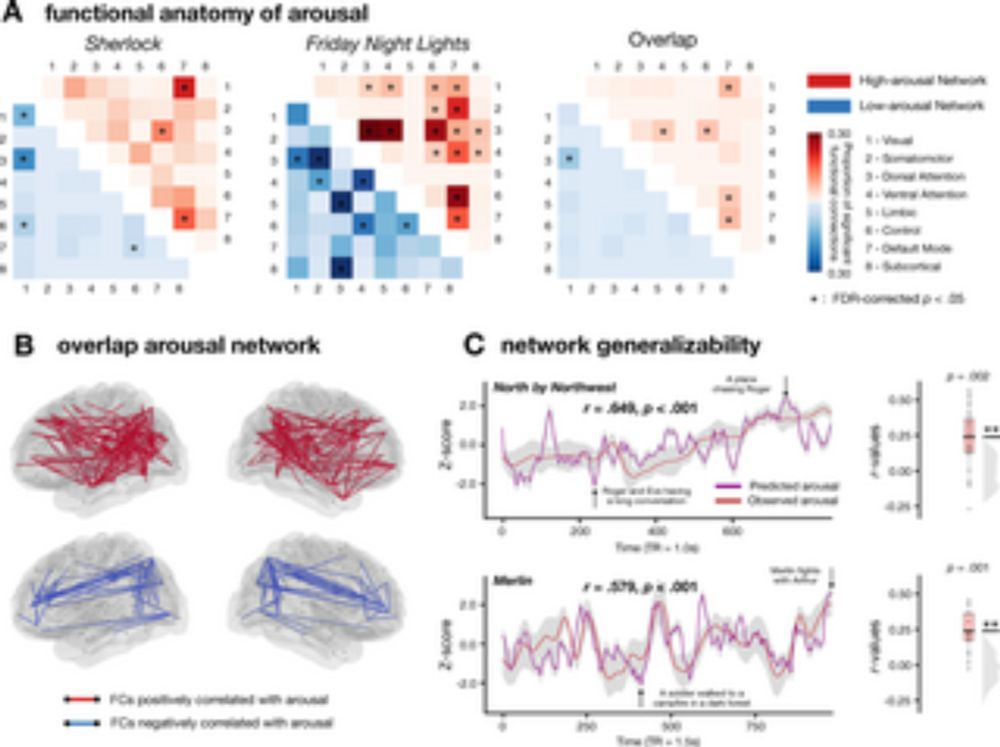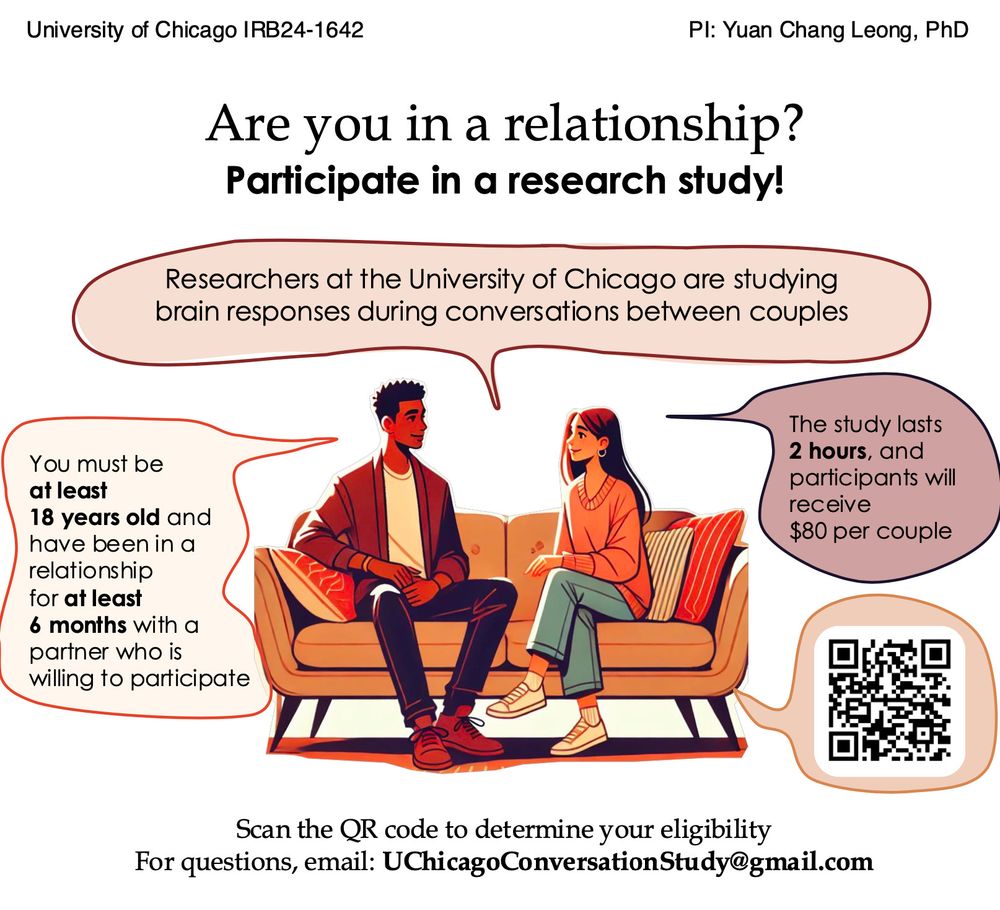
Speaking of HMMs, really enjoyed this paper on dynamics underlying resting state and other conditions. The idea of a baseline state from which excursions lead to more integrated states is really interesting.
doi.org/10.7554/eLif...
#neuroskyence

Speaking of HMMs, really enjoyed this paper on dynamics underlying resting state and other conditions. The idea of a baseline state from which excursions lead to more integrated states is really interesting.
doi.org/10.7554/eLif...
#neuroskyence
Check out our new preprint 👇
w/ Ed Vogel and @monicarosenb.bsky.social

Check out our new preprint 👇
w/ Ed Vogel and @monicarosenb.bsky.social
Congratulations to Monica Rosenberg and Samuel D. McDougle, recipients of the 2026 Young Investigator Award! 🎉
We look forward to their award lectures at the CNS 2026 Annual Meeting in Vancouver, BC, Canada! 🇨🇦✨
@cogneuronews.bsky.social

Congratulations to Monica Rosenberg and Samuel D. McDougle, recipients of the 2026 Young Investigator Award! 🎉
We look forward to their award lectures at the CNS 2026 Annual Meeting in Vancouver, BC, Canada! 🇨🇦✨
@cogneuronews.bsky.social


We're very happy to announce that we are able to reduce the APC to $1400.
Huge thanks to all authors, reviewers, editorial team+board, and MIT Press.
We're very happy to announce that we are able to reduce the APC to $1400.
Huge thanks to all authors, reviewers, editorial team+board, and MIT Press.
We built an RNN🤖 with key-value episodic memory that learns causal relationships between events and retrieves memories like humans do!
Preprint www.biorxiv.org/content/10.1...
w/ @qlu.bsky.social, Tan Nguyen &👇

We built an RNN🤖 with key-value episodic memory that learns causal relationships between events and retrieves memories like humans do!
Preprint www.biorxiv.org/content/10.1...
w/ @qlu.bsky.social, Tan Nguyen &👇
Our mind wanders at rest. By periodically probing ongoing thoughts during resting-state fMRI, we show these thoughts are reflected in brain network dynamics and contribute to pervasive links between functional brain architecture and everyday behavior (1/10).
doi.org/10.1101/2025...

excited to be part of this project!
Our mind wanders at rest. By periodically probing ongoing thoughts during resting-state fMRI, we show these thoughts are reflected in brain network dynamics and contribute to pervasive links between functional brain architecture and everyday behavior (1/10).
doi.org/10.1101/2025...

excited to be part of this project!
Our mind wanders at rest. By periodically probing ongoing thoughts during resting-state fMRI, we show these thoughts are reflected in brain network dynamics and contribute to pervasive links between functional brain architecture and everyday behavior (1/10).
doi.org/10.1101/2025...

Our mind wanders at rest. By periodically probing ongoing thoughts during resting-state fMRI, we show these thoughts are reflected in brain network dynamics and contribute to pervasive links between functional brain architecture and everyday behavior (1/10).
doi.org/10.1101/2025...
Our attention changes over time and differs across contexts—which is reflected in the brain🧠 Fitting a dynamical systems model to fMRI data, we find that the geometry of neural dynamics along the attractor landscape reflects such changes in attention!
www.biorxiv.org/content/10.1...

Our attention changes over time and differs across contexts—which is reflected in the brain🧠 Fitting a dynamical systems model to fMRI data, we find that the geometry of neural dynamics along the attractor landscape reflects such changes in attention!
www.biorxiv.org/content/10.1...

cnoir.bsd.uchicago.edu/join/

cnoir.bsd.uchicago.edu/join/
journals.sagepub.com/share/YUQSMC...

journals.sagepub.com/share/YUQSMC...

www.biorxiv.org/content/10.1...
www.biorxiv.org/content/10.1...

work with the best team: @hayoungsong.bsky.social @Zihan Bai @monicarosenb.bsky.social @ycleong.bsky.social
dx.plos.org/10.1371/jour...

work with the best team: @hayoungsong.bsky.social @Zihan Bai @monicarosenb.bsky.social @ycleong.bsky.social
dx.plos.org/10.1371/jour...

work by dream team @jinke.bsky.social Rhea Madhogarhia @ycleong.bsky.social @monicarosenb.bsky.social ⭐


